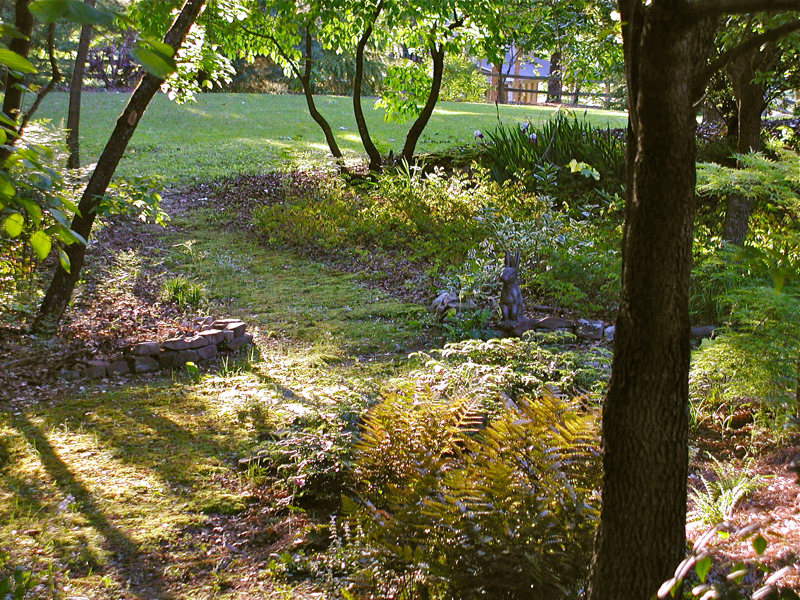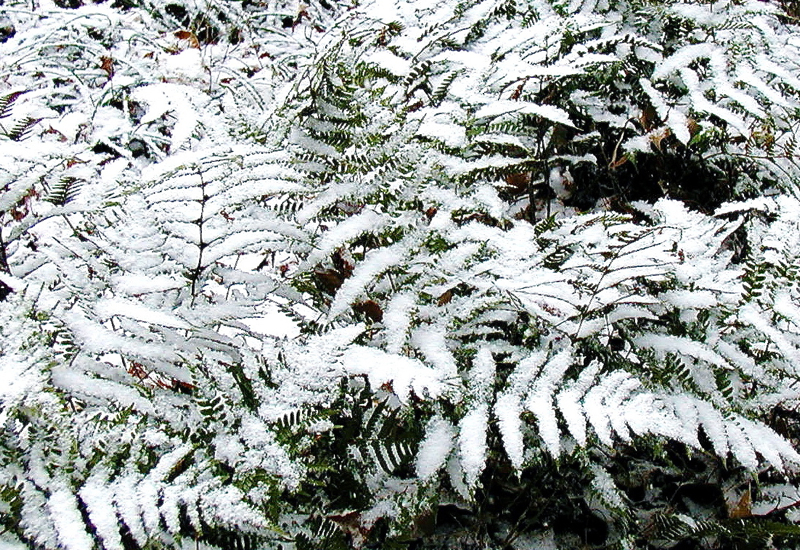An Ode to Raindrops
 Monday, August 22, 2011 at 5:00AM
Monday, August 22, 2011 at 5:00AM There is ancient history in a raindrop, if we could read it.
Where has the raindrop been? Was it ever part of a powerful storm that altered the land and destroyed the lives of men? Perhaps it once bounced along in a woodland stream where primitive people bathed their babies, washed their garments, and fished for their suppers. An important king may have quenched his thirst with the drop, or maybe it fell from a farmer's brow as he plowed the field. How many plants have reached their roots into the soil to seek out its life giving moisture? Does the drop still remember the pounding rhythms of the ocean? How long did it float in a cloud before returning to earth in my front yard?
August has been much drier than July, and I was happy this weekend when we had a real gullywasher, as local folks would say. Great torrents of water overwhelmed the gutters and came pouring off the eves of the house. We sang for joy. This means we don't have to pull heavy hoses over the yard for a few days, depending on the temperatures. It is still steamy in the Deep South, but September's relief is just around the corner. I went outside after the storm and waxed euphoric over the raindrops still clinging to the foliage:Mist lingers after a storm, seen in some random views of the yard:
I hope you all have a great week, and may raindrops keep falling as you need them!
Deborah
 Permalink
Permalink  raindrops,
raindrops,  summer garden,
summer garden,  wet foliage in
wet foliage in  summer,
summer,  weather
weather 

